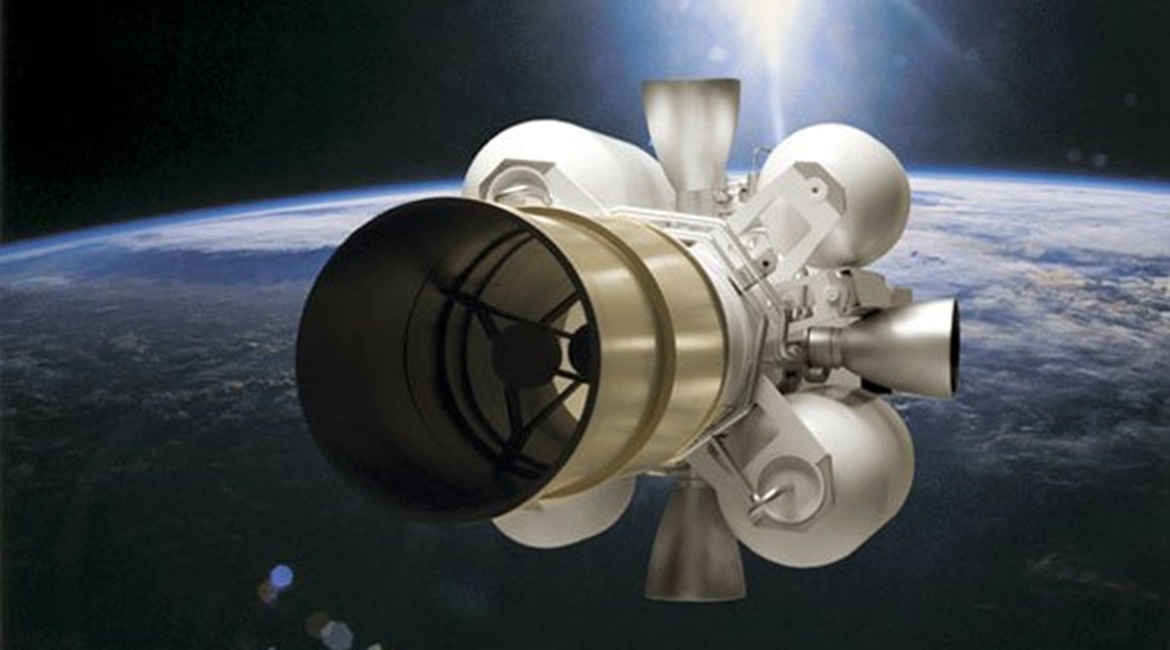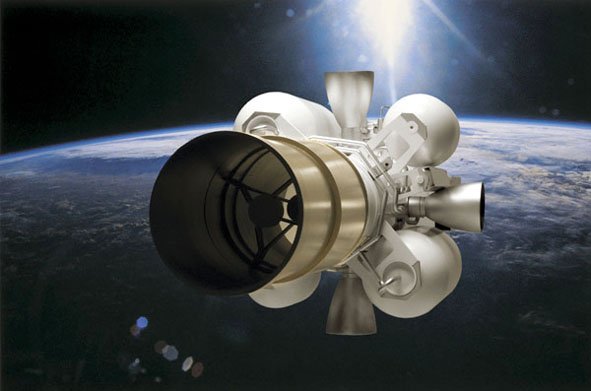
The Trump administration on 17 January unveiled its long-delayed Missile Defense Review (MDR), which said the Pentagon will study space-based interceptor technology, consider using Lockheed Martin F-35 Lightning II Joint Strike Fighters (JSFs) to aid or conduct intercepts, and perhaps operationalise an Aegis Ashore interceptor test site on Hawaii.
The review contained few surprises and appeared to underscore the Pentagon’s interest in ongoing efforts, such as fielding more space-based sensors and potentially using ship-based Standard Missile 3 (SM-3) Block IIA interceptors to shoot down intercontinental ballistic missiles (ICBMs). A SM-3 Block IIA is to be tested against an ICBM-class target in 2020.

An artist's rendition of the Ground-based Midcourse Defense’s (GMD's) Exo-atmospheric Kill Vehicle that is designed to collide with and destroy nuclear warheads in outer space. (Raytheon)
Perhaps most notably, however, the report said the Pentagon would “study development and fielding of a space-based missile intercept layer capable of boost-phase defense” and provide a report within six months. That study is to “identify the most promising technologies, and estimated schedule, cost, and personnel requirements, for a possible space-based defensive layer that achieves an early operational capability for boost-phase defense”.
In May 2017 then-secretary of defence Jim Mattis directed the department to begin its Ballistic Missile Defense Review, later re-named the MDR, to address not just ballistic missiles but also cruise missiles and hypersonic weapons.
Looking to read the full article?
Gain unlimited access to Janes news and more...




